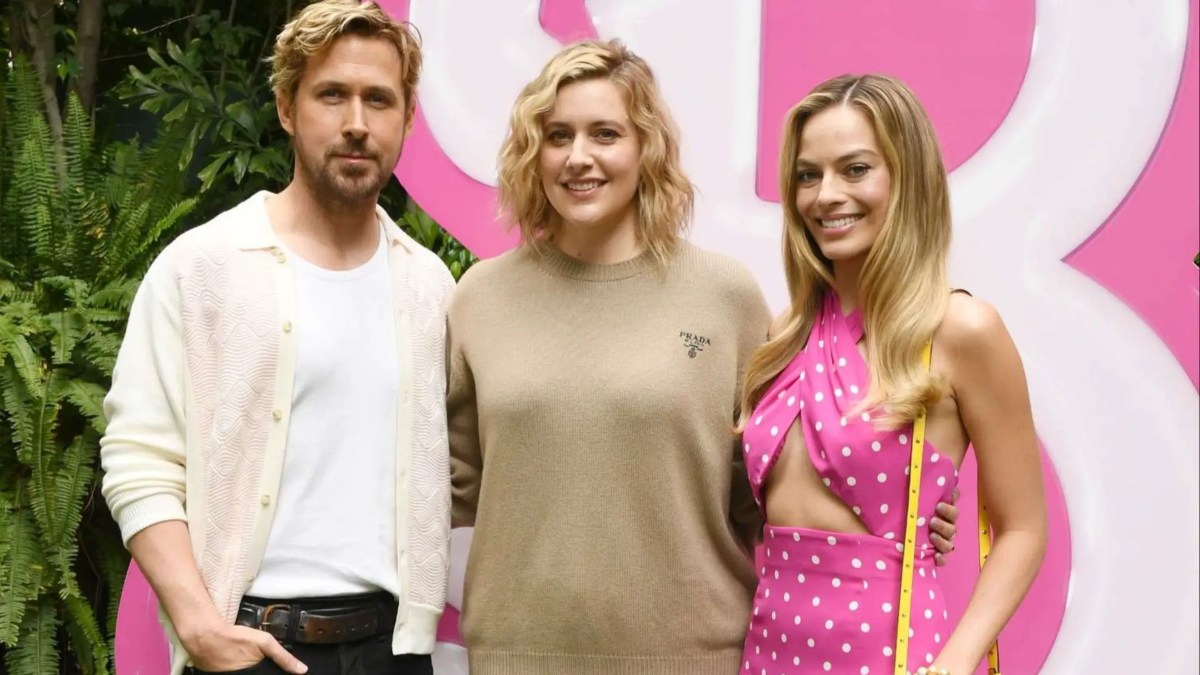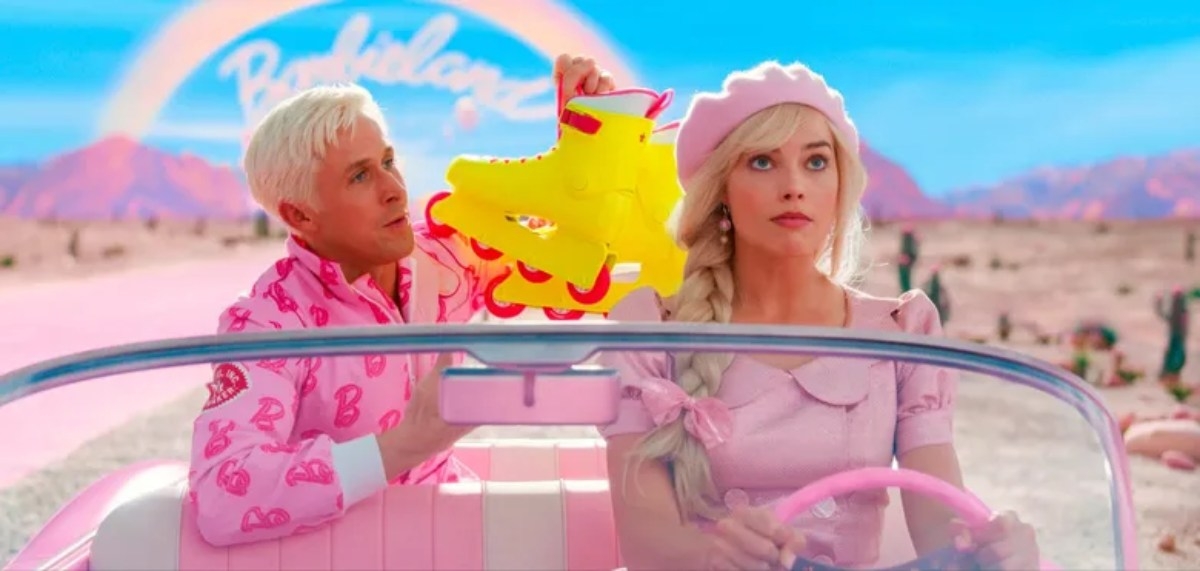“The rule of Barbie Land”: Margot Robbie’s Barbie Denied Viewers from Seeing 2 Colors in $145M Movie
Late July saw Barbenheimer fever hit the theaters, as Christopher Nolan and Greta Gerwig brought their very different visions onto the big screen. Apart from both movies carrying a star-studded cast each and releasing on the same day (21st), there’s little common between the two.

Nolan roped in Cillian Murphy to make a documentary feature on J. Robert Oppenheimer, who’s known as the father of the atomic bomb. Meanwhile, Margot Robbie-led comedy drama focused on Barbie’s fantasy land, which is based on the iconic Mattel doll for kids.
Even their respective audiences were different. The cinephiles opted to watch (or maybe analyze) Oppenheimer, and families, kids, and mostly teenage girls decided to go pink (literally!) and have a fun day out in Barbie Land. But the differences don’t end just there.
Margot Robbie’s Barbie Avoided Showing 2 Colors
Spoiler Alert: This part of the article contains major plot details from both Oppenheimer and Barbie.
Nolan brilliantly used black-and-white colors in Oppenheimer to show different perspectives of the movie’s protagonist Oppenheimer (Cillian Murphy) and antagonist Lewis Strauss (Robert Downey Jr.). Whenever a sequence – past or present – was told through Oppenheimer’s perspective, the scenes were mostly in color. And the scenes that focused on the former Atomic Energy Commission chairman’s account were in black and white.

Margot Robbie‘s Barbie Land, meanwhile, was anything but black and white – except for an interesting twist midway through.
Gerwig’s biggest task with regard to expressing her vision – that ultimately cost $145m – through Mattel’s iconic doll was to make Barbie Land relatable to the idea we all have about Barbie.
Production designer Sarah Greenwood and set decorator Katie Spencer were instructed to show the contrast between Barbie’s Utopian home and the real world. “The rules of Barbie Land were no black, no white, nothing from the real world,” Greenwood said.
The theme park-like layout of Barbie Land chiefly included Barbie Dreamhouse playhouses set against the backdrop of mid-century Palm Springs, with just one role: no black, no white.
But as soon as the ideas of the real world are intertwined with Barbie Land’s beliefs, the black and white colors are introduced in the pink-themed land. Ken (Ryan Gosling) tries to change Barbie Land, and in particular renovate his ‘Mojo Dojo Casa House’, by introducing black and white colors.
Read more: 5 Marvel Stars You May Not Know Are in Margot Robbie’s ‘Barbie’
What Is Mojo Dojo Casa House in Margot Robbie’s Barbie
A fear of flat feet leads to Barbie leaving Barbie Land for the real world and Ken ends up following her. While she struggles with an existential crisis, her partner ends up learning about patriarchy from his interaction with humanity.

Upon returning, he tries to make his own ‘Kendom’ by transforming the women-influenced land, starting with remaking Barbie’s Dreamhouse into Ken’s Mojo Dojo Casa House. The house is overrun with black and white colors. Greenwood revealed: “When we asked Greta if we could make it really ugly, she said, ‘Absolutely, go for it.’”
Despite Casa and House having the same meaning, Ken remains adamant with his decision, signifying how stupid his whole idea was in the first place.
Source: IndieWire





